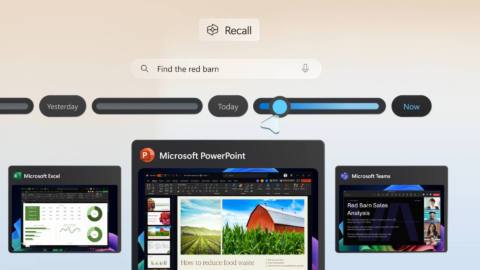Proper sim racing gear can become very expensive, very quickly. While beginners can be perfectly well-served by something cheap and cheerful like the Logitech G923, what you're getting there is a gear drive system, which, while capable of delivering a lot of hoots, tends to get a little bit, well, gear-y. The next stage up is hybrid drive that makes use of both gears and a belt, then belt drive systems, and finally you arrive at the top method for delivering virtual car feedback to your fingertips, direct drive.
These systems attach the steering wheel shaft directly to a powerful electric motor, meaning the feedback should be, on a good system, instantaneous and detailed, and the closest thing you'll get to simulating a real car. Unfortunately, a good direct drive system does not come cheap, and for beginners looking to get into the space you'll likely be wondering whether it's really worth it.
Enter, Moza Racing. This is a company that comes from a real-world background of designing and developing automotive chassis technology and active suspension systems for real-life cars, and in 2021 it began creating direct drive sim racing systems.
There's a wide range of models to choose from, but one that stood out from the off is the very reasonably priced R5 Bundle. For $460/£460, you get a 5 Nm direct drive wheelbase, a racing wheel covered in buttons, and a set of metal-constructed pedals. It's nearest competitor in the space is the Fanatec GT DD Pro, also a 5 Nm bundle with pedal set, however at $700/£600 for the barebones version, it's significantly more expensive.
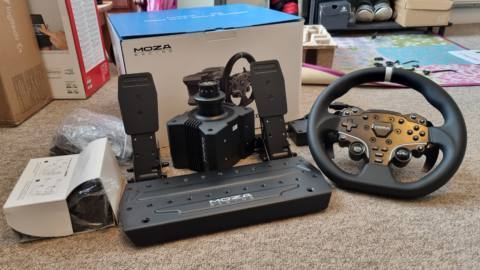
Force feedback: Direct-drive
Buttons: 20, including paddle shifters
Shifters: Magnetic paddle shifters
Customisation: Moza Pit House software
Mounting: Included desk clamp, screw compatibility
Pedals: Included, two (load-cell performance kit and clutch pedal optional extras)
Pedal type: Magnetic
Price: $460/£460 | Load-cell “Performance kit” $29/£29 | SRP lite clutch pedal $44/£44
So, how has Moza managed to keep the price down? Pulling all the gear from the packaging, it's really not obvious. The wheelbase might be small enough to hold in one hand, but you're not going to be holding it there for long as it's a Thor's hammer of an object, tremendously heavy and robustly constructed for such a relatively small package.
Then there's the wheel itself. The diameter might be on the smaller side, but it's thick, leather-wrapped, and made primarily of beautifully machined aluminium. The face buttons are clicky and positive, and the magnetic shifters on the back have a hugely satisfying “clunk” to the action. I spent some time marvelling at how well-made of an object it is, until my partner found me, sitting cross-legged on the carpet in our spare room, playing with a racing wheel like a five-year-old.
Yep, sim racing still has a bit of an embarrassment factor to it, it's true. However, nothing here says children's toy. This is a proper, serious, professional-feeling kit, and given that most pro-racing drivers these days practice for real-life racing using something similar, the decision to make everything feel as premium, chunky and robust as possible without any bright colours or cheap plastics is a welcome one.
To the pedals, then. Given that some sim racing pedal sets can range into the multiple thousands in price, I wasn't expecting much for the money. Imagine my surprise when I hefted from the box a number of heavyweight, thick, metal-constructed components. Flimsy these are not, and they immediately tell you that they're designed to take serious abuse for a very long period of time.
Construction was a happy affair. Moza provides you with plenty of hardware for both the pedals and mounting options, some decent hex keys and, to my relief, mercifully straightforward instructions. Everything slots together with extreme precision, and what you're left with after 15 minutes of tinkering are two robust pedals bolted to a thick metal base and something you could reasonably use as a small boat anchor in a pinch.
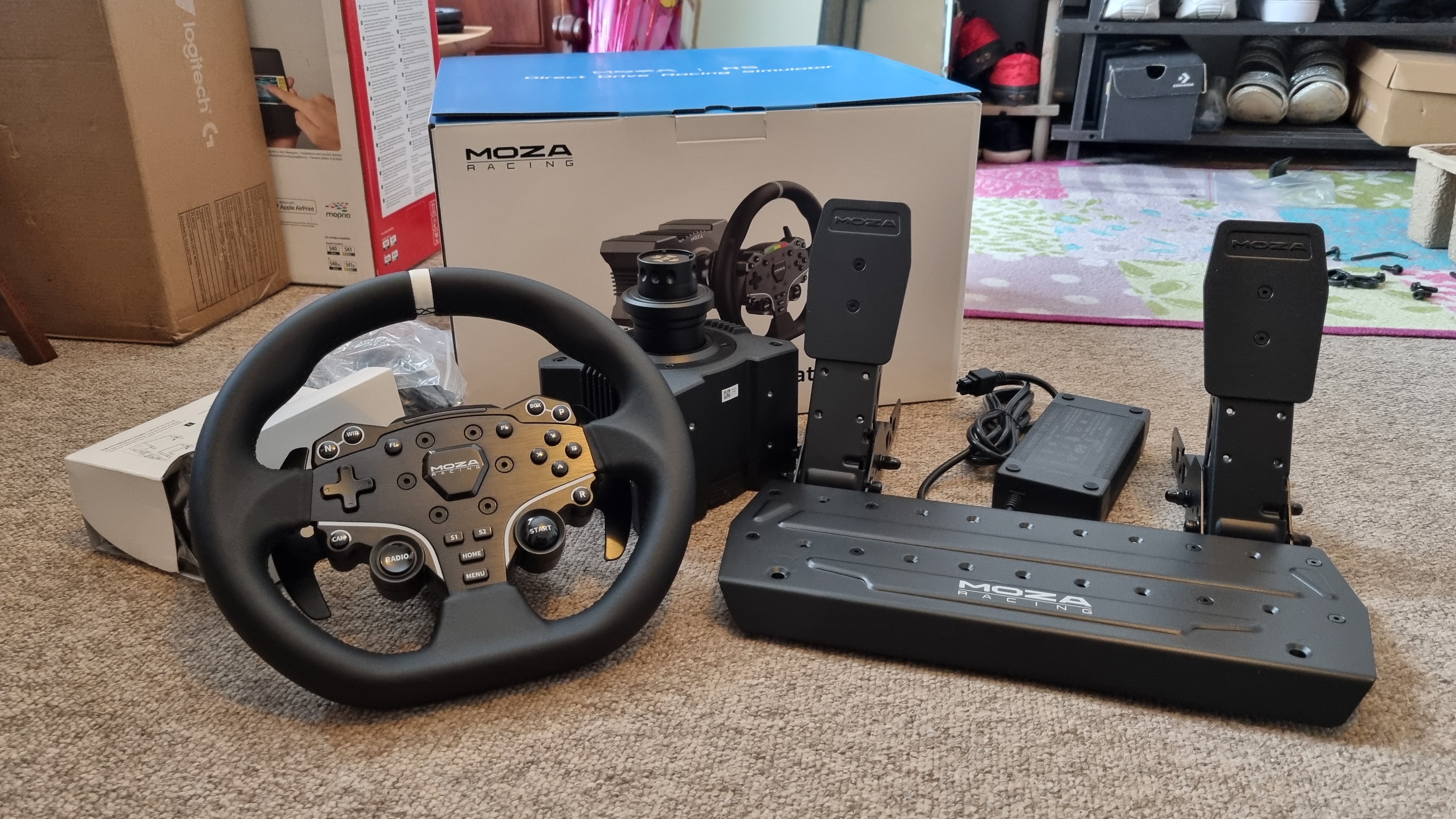
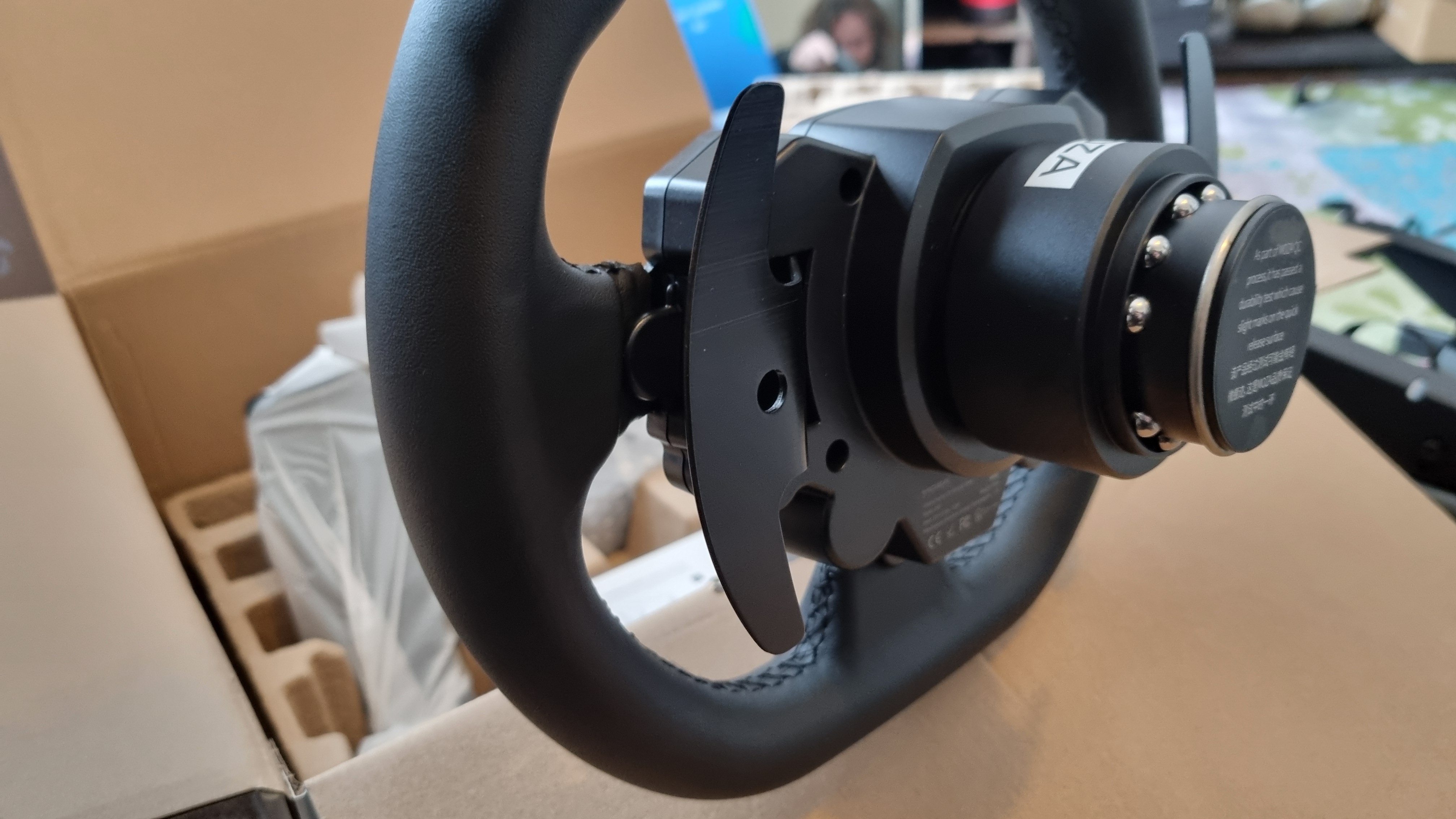



However, here's where the extras start factoring in. By default, the accelerator and brake pedal resistance is controlled by a coiled spring behind each unit, with the brake pedal spring providing significantly more heft than the other. However, sim racing aficionados will know that what you really want here is what's called a load-cell mechanism, here referred to as a “Performance Kit” which Moza sells for an additional $29/£29.
This adds a lot more resistance to the pedal, which “loads” as you press down like a real car's braking system. While I was provided one for review, it does strike as something that should be included in the bundle by default. That being said, it's worth mentioning that Fanatec also sells one separately for the GT DD Pro. We'll get to that in a bit, but I did try the pedals both with and without for the sake of comprehensive testing.
Moza also provided an optional SR-P Lite clutch pedal. This bolted into the base the same as the included pedals and is really more of a useful option if you're planning on eventually adding a manual shifter. Still, I mounted it with no issues, and again, tested both with and without.
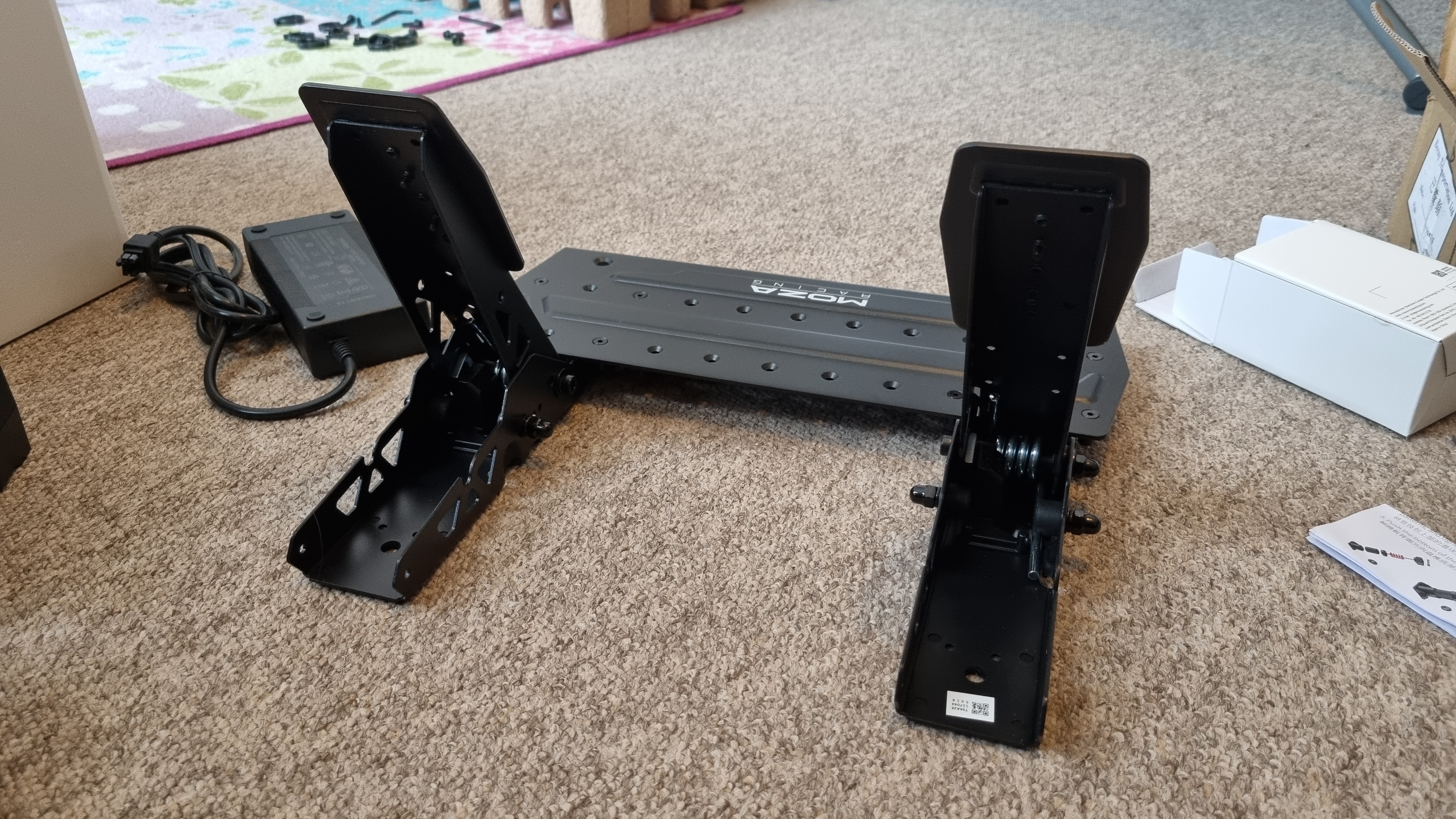

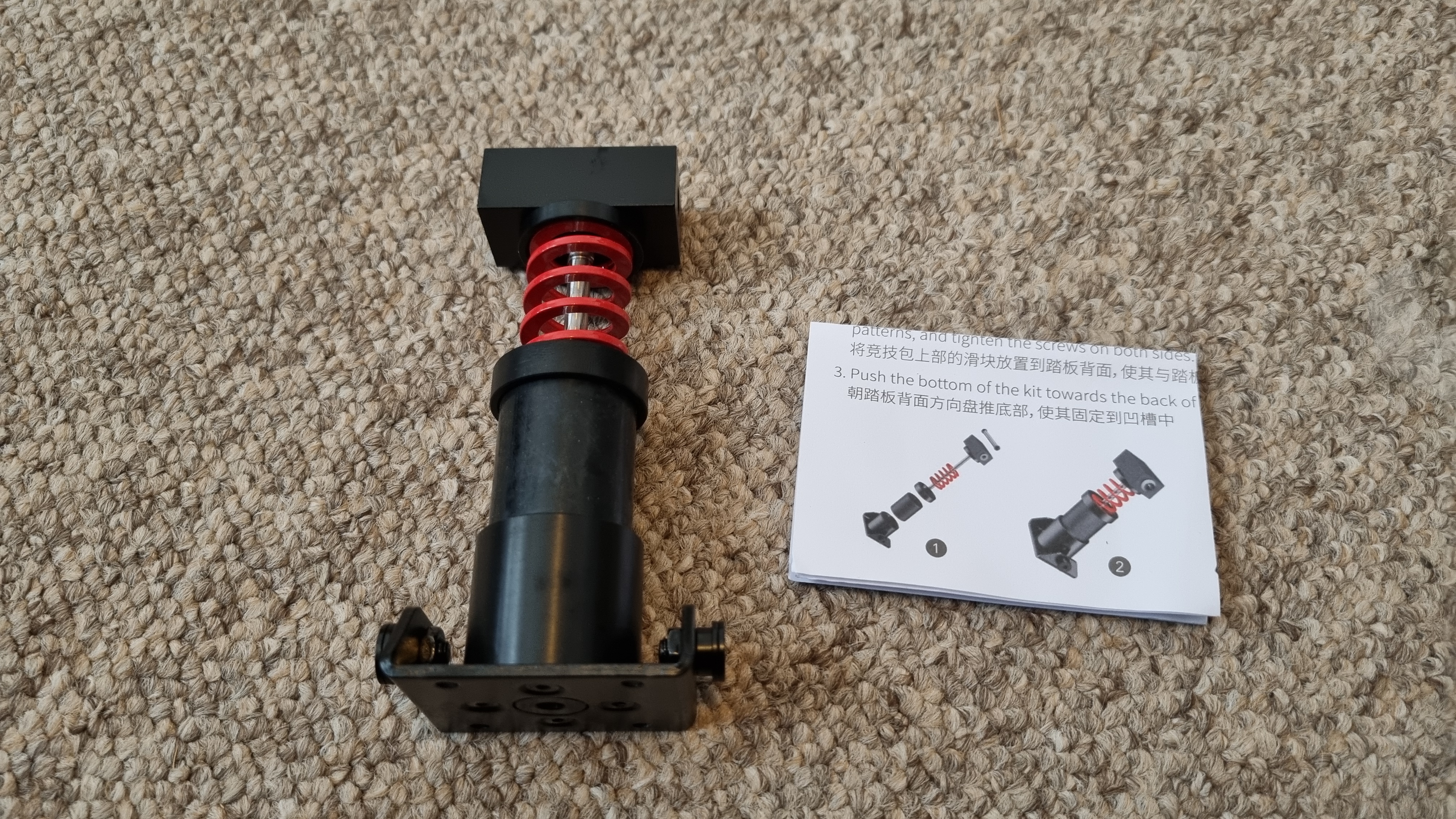
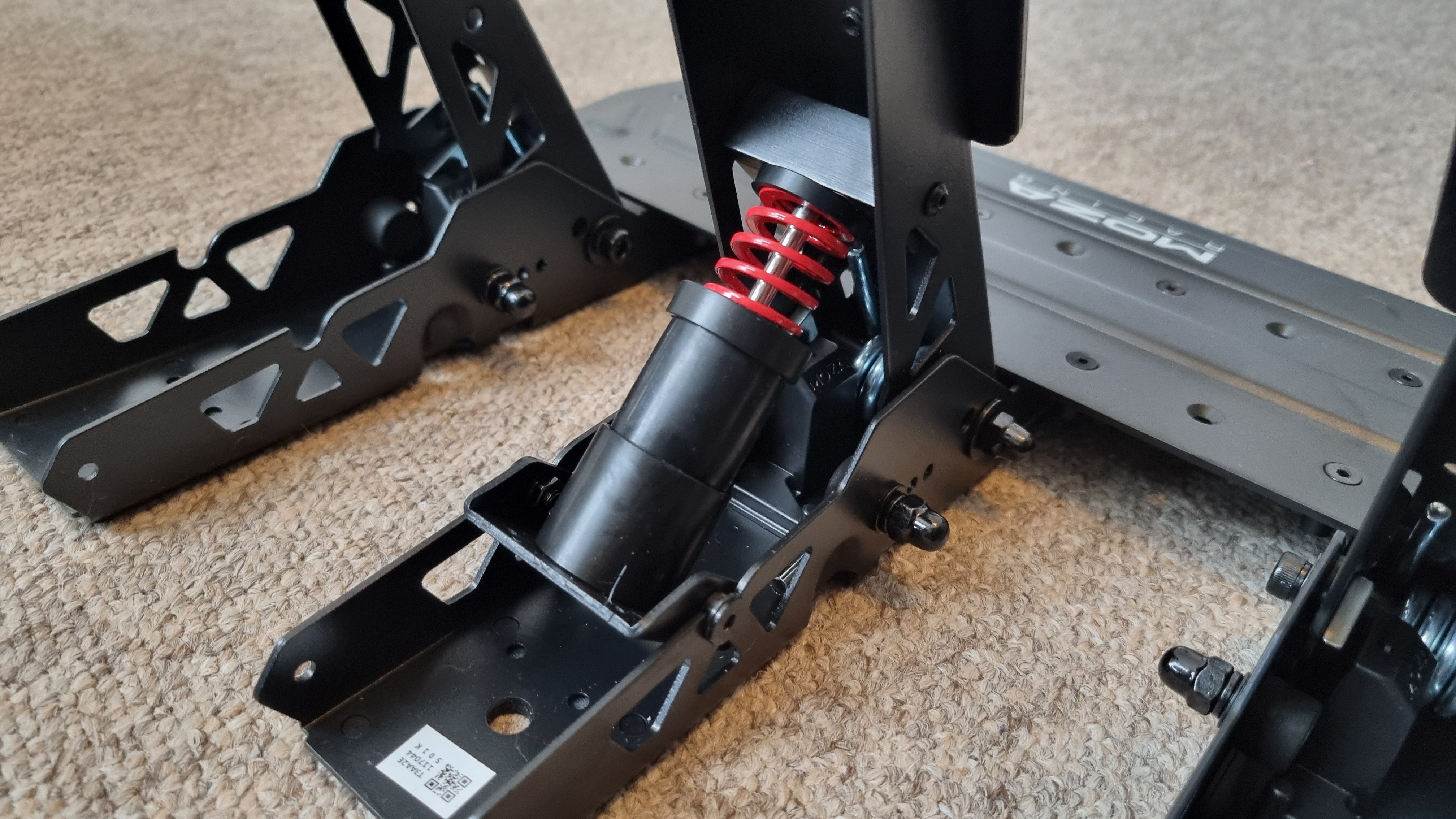

Also included is a desk clamp, which mounts securely to the bottom of the wheelbase with some included hex bolts, and can then be clamped to a table with two hand-screw extenders. This too is made of serious stuff and is plenty thick in its construction.
Wheelbase clamped to desk, pedals slung underneath and connected via the included cable, I was struck by how well thought out the package appears once all together. It somehow manages to tread the line between being small enough to slot into a regular PC setup, and robust enough to convince you that it costs much more than you actually paid.
The whole setup feels remarkably solid, and so I eagerly connected the USB cable, installed Moza's Pit House software, clicked a small button on the back of the base to turn it on, and booted up my favourite racing games.
And y'know what? Everything worked. Of course, you'll want to play around with button assignments for the right setup for you—and you're well-catered for there with a total of 18 face buttons and a D-pad on the wheel—however, I tested the R5 with Assetto Corsa, BeamNG.drive and F1 23 with zero configuration issues.
You'll always want to do a bit of tweaking to get the most out of sim racing gear, but the plug-and-play experience here is brilliant.
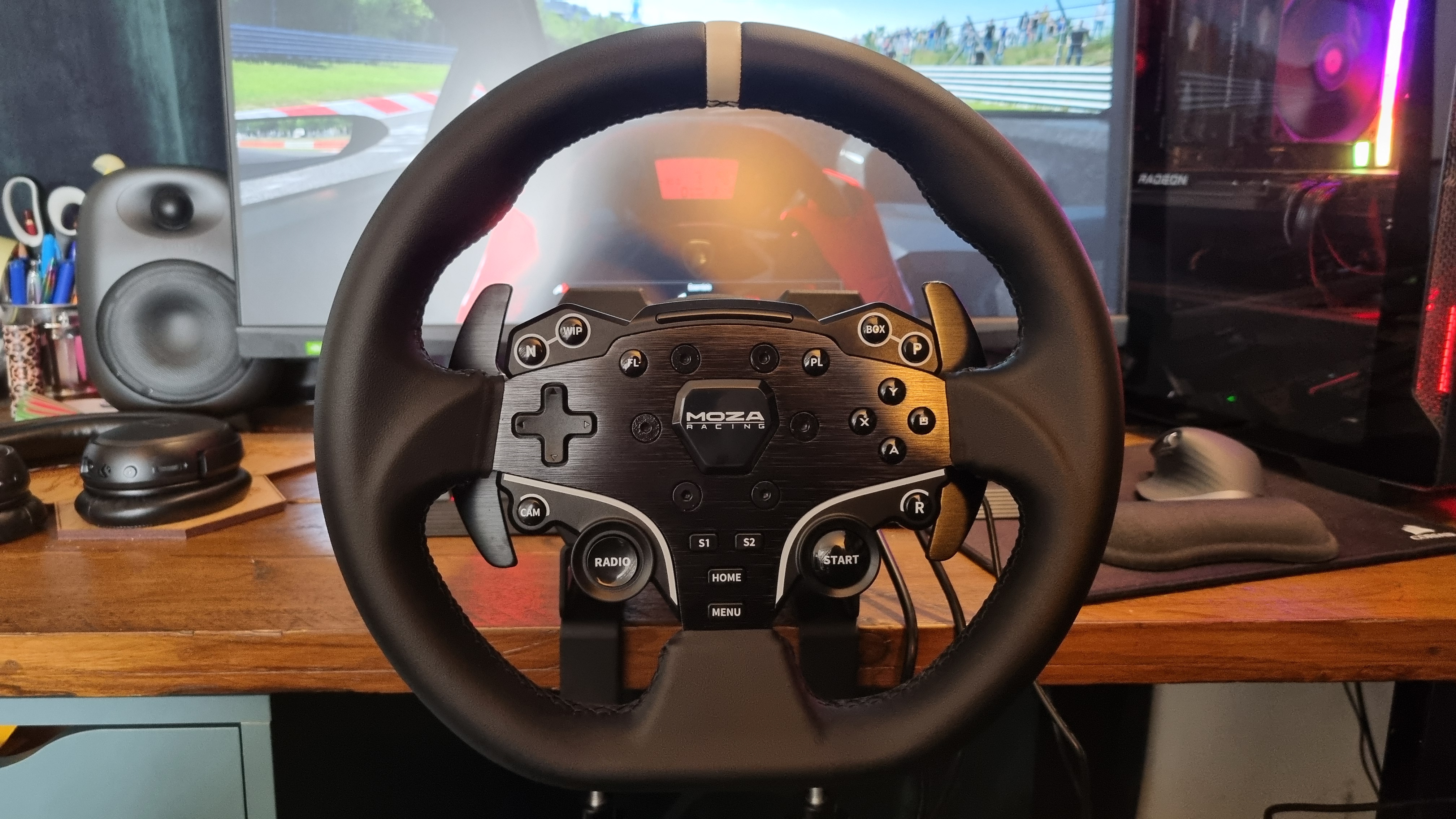


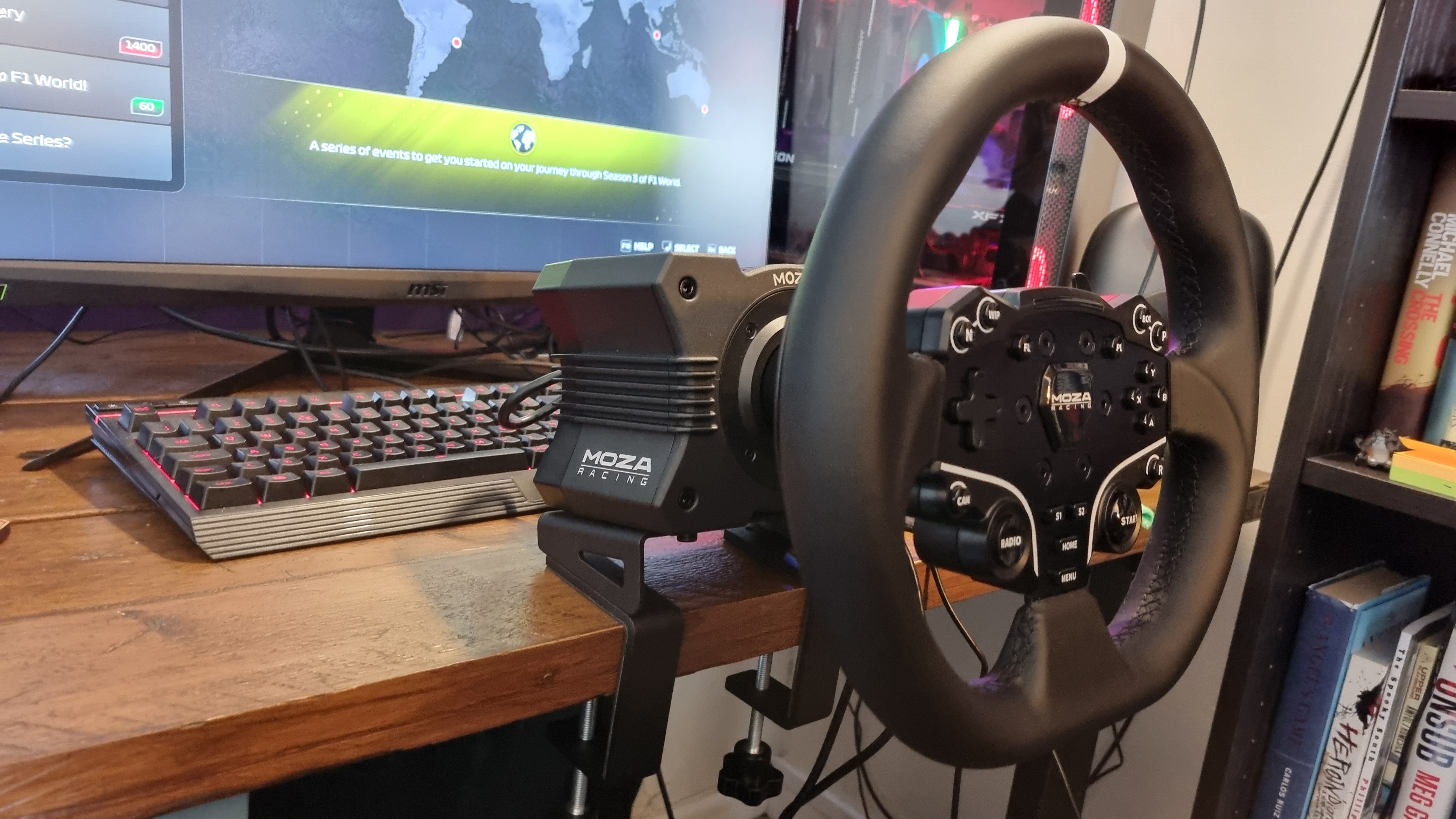
The Pit House software is also blissfully straightforward. The default page allows you to adjust force feedback intensity, maximum steering angle and pedal sensitivity all with simple-to-use sliders, and you can also launch games right from the sidebar on the homepage itself.
I had previously wondered whether Moza—being such a new brand to the market—might have some software or driver teething issues, but I encountered no issues at all during testing and found it regularly updated itself to add minor fixes for the latest racing games as they released.
That's a good sign that the company is taking future support seriously, and reassuring to see.
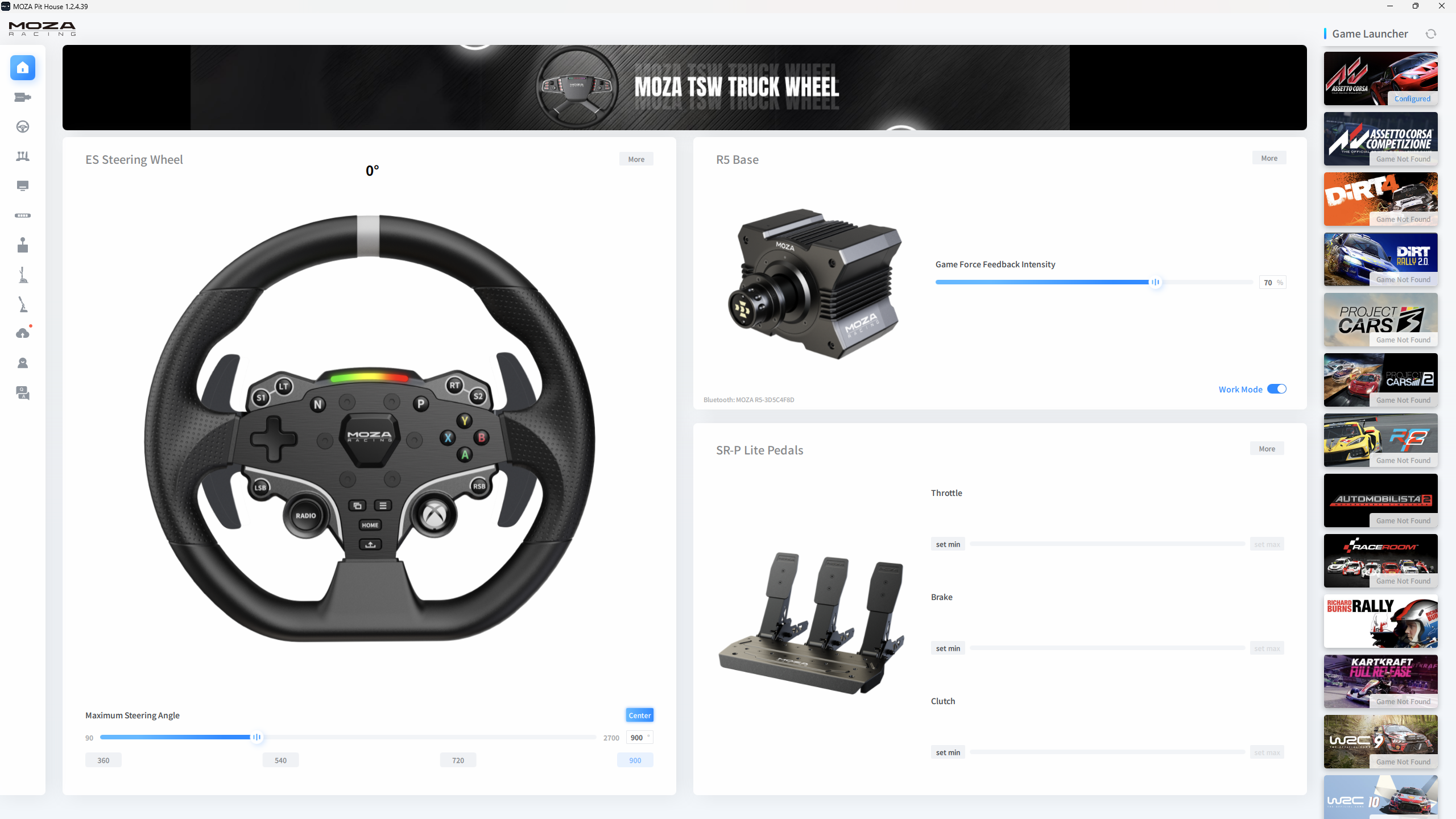
Ah, go on then. The big question: What's it like to drive?
In a word, it is fabulous. First and foremost, let's dispel some illusions early on. With a 5 Nm torque rating, I imagine many of you will be wondering if it's powerful enough compared to something more beefy like the Logitech G Pro, and I wondered very much the same. However, that torque is more than enough to rip the wheel from your hands in a spin or fight your forearms in a tight high-speed corner in a car with heavy steering.
While I can imagine there are some of you out there with Viking-like arms that might want more, when it comes to realism I actually ended up setting the R5 to 70% intensity in the app, and found that it provided more than enough grunt to wrestle me about in my chair while responding in the way a real car would.
And realism, this motor is capable of delivering in spades. From kerb rumbles to tire-graining, surface changes and more, the R5 has an uncanny ability to transmit the road surface—and exactly what your digital tires are doing on top of it—right up your arms and into your spine with immense immersion and realistic speed.
The Moza R5 is so much fun I lost entire weekends to it, and as of writing this review after spending well over a month with the setup, I still am.
More than that, in something like Assetto Corsa and its many, many differently modelled cars, every single one of them feels different the second you pull out of the pit lane.
There's something about the response here that creates an almost spooky effect. With my 32-inch monitor up close, my headphones on and the intensity set to a reasonable level, I'd swear I could feel what the rear of the (non-existent) car was doing behind me. It's uncanny, immersive, and so much fun that even unwilling partners will immediately break out in giggles and grins the second you coerce them into your seat.
Then there's the pedals. I'm under no illusions that a multi-thousand pound set would be better, but that being said, the heavyweight units here feel great. Like all sim racing desk setups, you're going to want something behind them to stop them eventually slipping backwards (although given the substantial rubber grips under the pedal base, they do a better job than most) but the experience they deliver is seamless, robust and satisfying.

So what about the brake pedal, and that optional extra kit? Well, what I was expecting here was for the default spring to be useless and for me to conclude that you absolutely need the load-cell performance kit to be able to brake properly. In reality, perhaps not. The heavier resistance in the standard spring is actually more useable than I expected, but given the load-cell is a mere $29 more in a setup that's already remarkably affordable, I don't see why you wouldn't treat yourself.
The standard brake is better than I was expecting, but the load-cell adds an extra dose of realism for such a reasonable price that you're going to want one anyway. No point doing things by halves here, I reckon, especially given the minimal costs. Be aware though that like all load-cell setups, the extra resistance means the pedals are more inclined to back away from you unless you've pinned them down or mounted them to a frame.
This is everything you could want in a direct drive starter setup, for much less than the competition, with very few drawbacks.
The optional extra clutch pedal? It's great…if you want a clutch pedal. In all honesty, unless you're planning on adding a manual shifter I wouldn't bother, as you can map racing clutch starts to buttons easily in most games that require it, and here you're going to be using the wheel-mounted magnetic shift paddles for gear changes anyway.
Ah, the shifters. I saved my favourite bit for last. Not only are they activated with huge aluminium paddles that feel great to the touch, but they smoothly click and clunk like the trigger on a gun. They're fast, satisfying and crunchy in all the right ways, and a great way of adding mechanical feel to a simulated mechanical experience. My only critique is that they're quite loud, which may annoy your housemates if you're getting a late night session in.
Mind you, they won't be able to hear you shifting over the giggling, anyway. The Moza R5 is so much fun I lost entire weekends to it, and as of writing this review after spending well over a month with the setup, I still am.

Before I let this review fall too far into the “embarrassingly gushing” category, the R5 Bundle isn't entirely without fault. I did have an issue with mounting the pedals to a Logitech Playseat Challenge X, as both the mounting hardware included with the seat and the many options provided with the Moza kit didn't give me bolts that were quite long enough. A quick trip to a DIY store solved that, but it's something to bear in mind.
Also, given that the wheelbase unit itself is smaller than most, a trawl through the sim racing forums revealed that in some high-level setups, some frame modification was required to mount it, depending on what sort of sim rig you own, as there's little standardisation between frame mount spacings as things stand.
Many had no issues, but you could also use the desk clamp to mount to a frame if you find yourself stuck, and adaptor plates are available for around $15 if you need differently spaced holes for your particular model.
✅ If you want proper direct drive on a budget: The Moza R5 still isn't cheap, but for a direct drive wheel and pedal set it's an absolute bargain, particularly given the superb build quality.
✅ If you want great feedback and pedal feel: The R5 wheelbase is brilliantly detailed and surprisingly powerful, while the pedals feel great for the money too.
❌ If you want easy mounting: Given the small size of the wheelbase and the chunky pedals, you might need an adapter plate or a couple of extra bolts if it doesn't fit your sim rig straight away.
Other than that? Nope, I loved it. While the Fanatec GT DD Pro is also an excellent entry point into direct drive racing I really don't see what it does better than the R5 bundle, and for significantly more cash. Factoring in the load-cell pedal in both bundles means the R5 setup becomes $489, and the DD Pro becomes $840 thanks to its own CSL Pedal kit which is an astonishing $140 extra.
That's a saving of $350 on a direct drive wheel, pedals and load-cell bundle that's just as powerful and just as well made as the Fanatec package. Pretty easy decision that one, even for someone as terrible at maths as me. That also leaves plenty of money left over for a good sim racing seat, to stop those pedals moving about once and for all.
Thanks to Moza's magnetic quick-release system, there's also a clear upgrade path if you fancy strapping on a different wheel in future, too.
This is everything you could want in a direct drive starter setup, for much less than the competition, with very few drawbacks. It's astonishing fun and has turned me from a sim racing novice into the sort of person that straps themselves in for a weekend playing pretend cars because it's a damn good time.
My social life may well be feeling the pinch, but as for my facial muscles, thanks to the little Moza, they're getting quite the workout. Superb.





